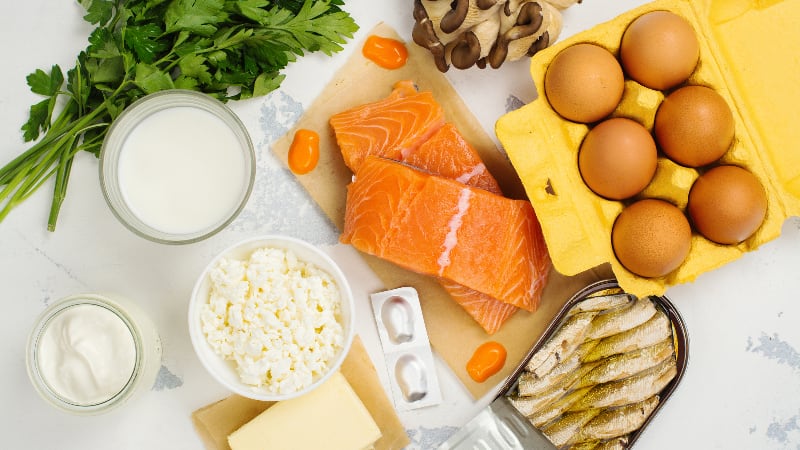The new standards document, dubbed the ‘Minimum standards and guidelines on actions to protect children from the harmful impact of marketing of food and non-alcoholic beverages in the ASEAN region’ was officially launched by the secretariat this year, aiming to provide a baseline for South East Asian governments to develop local legislation.
“These are minimum standards and guidelines that can be commonly applied across ASEAN Member States to adequately protect children from the harmful impacts of food marketing,” said Thailand’s Ministry of Public Health Acting Inspector-General Sarawut Boonsuk during the official virtual launch of the guidelines.
“This is a pressing matter as there is a strong trend of overweight and obesity amongst school-aged children between five to 19 years of age across these states, alongside high volumes of unhealthy food marketing in this region.”
The guidelines laid out 12 minimum standards for governments to implement as a lowest possible baseline, and stressed that mandatory legislation is key in order to make any impact on the overweight and obesity phenomenon amongst ASEAN children.
“More than 12 million children under the age of five years experience overweight or obesity in ASEAN, with rates rapidly increasing year on year,” stated the official guidelines document, which FoodNavigator-Asia has viewed.
“This is being fuelled, predominantly, by a shift towards highly processed, unhealthy, diets that are high in saturated fats, trans-fatty acids, free sugars or salt. Children are exposed to persistent and high volumes of unhealthy food marketing as they go about their daily lives, creating social norms and increasing preference and consumption of these foods.
“The World Health Organisation (WHO) has called for the introduction of controls on the marketing of unhealthy foods and beverages to children [but] while some progress has been made, far too few countries have policies in place that adequately protect children from unhealthy food marketing across the ASEAN region. More work needs to be done.”
The ‘unhealthy foods’ as outlined in this report generally refer to highly processed foods and sugar beverages high in saturated fat, trans-fats, free sugars or salt.
Outlining the new standards, Boonsuk highlighted that as the overweight and obesity issue is a complex one with many facets, legislation remains a crucial component for prevention.
“We are aware that reducing or eliminating unhealthy food marketing alone will not solve the problems at hand, [but maintain that] food marketing policies are a required measure to prevent excess weight gain,” he said.
“Our stance is for food marketing policies to be introduced as part of a broad, whole-of-systems approach to addressing the issue – Other parts of this whole-of-system approach should address areas such as maternal and infant nutrition, food environments such as sugary drink taxes or subsidies on fresh fruits and vegetables, nutrition literacy, physical activity and so on.
“But at the same time, the government legislations in place must be mandatory in order to be effective - Strong and consistent independent evaluations assessing the effectiveness of unhealthy food marketing restrictions globally have shown that mandatory approaches are the most effective compared to voluntary or [industry-led] self-regulation, so mandatory approach, achieved through legislation free from conflicts of interest, is required.”
Brand classification
The secretariat is also calling for the implementation of a food classification system that would categorise food, drinks and the relevant brands into different marketing categories.
“Specifically, ASEAN Member States should adopt or adapt an evidence-based food classification system that categorises foods, drinks and master brands (brand logos) as being ‘permitted’ or ‘not permitted’ for marketing,” the standards document added.
“There are actually already such systems in existence, such as the WHO South-East Asian Region (SEAR) nutrient profile model, which have been specifically designed for the implementation of the WHO Set of Recommendations on the marketing of foods and non-alcoholic beverages to children.
“What is important is that the development of such a system is government-led, as those developed by industry have been less strict and shown to be less effective; and must also apply to both local and trans-national foods and brands.
“One of the reasons we have highlighted that the marketing of master brands (such as brand logos) synonymous with unhealthy food products should not be permitted under legislation is because evidence shows that the marketing of these brands increases reward pathways in the brain and increases selection and consumption of unhealthy products, even when healthy food items are included in the advertisement.
“One way of classification for these brands can be by assessing its top five selling items by market share against the food classification system – if the majority of these products are classified as ‘not permitted’, then the master brand should also be prohibited from marketing.
“Importantly, it has also been argued d that exemptions for master brand advertising may incentivise companies to reformulate and innovate to healthier products.”





